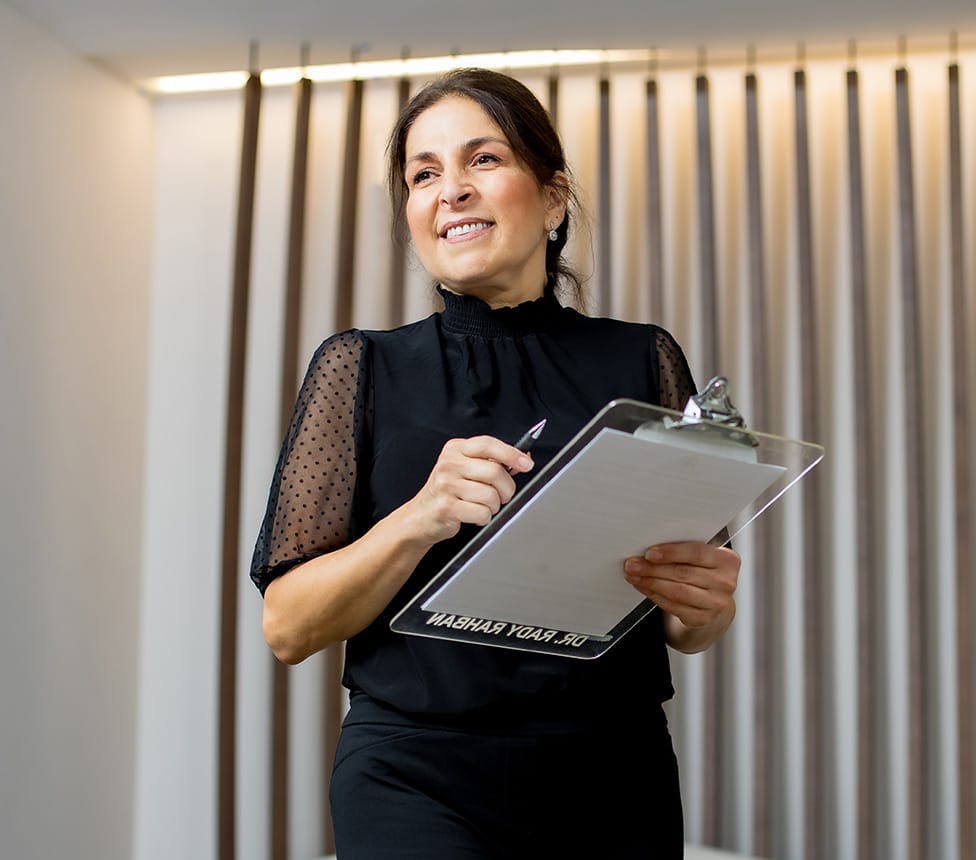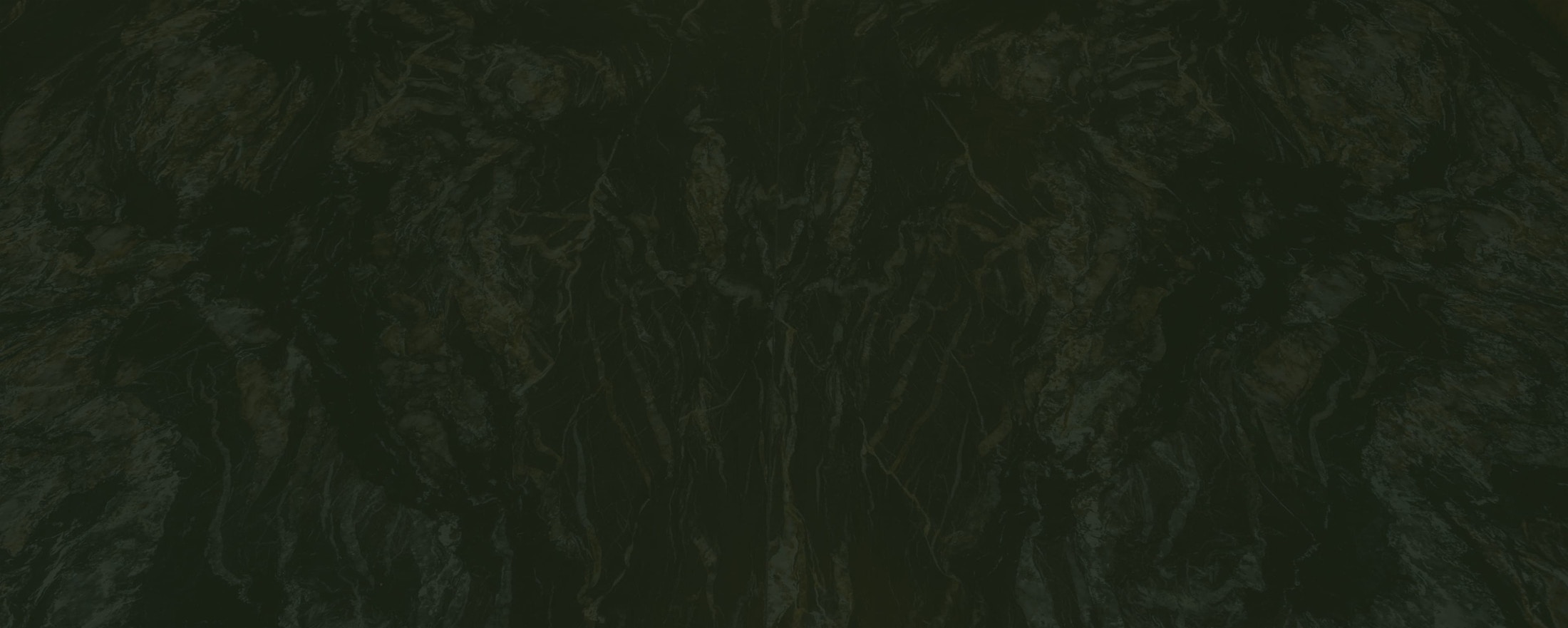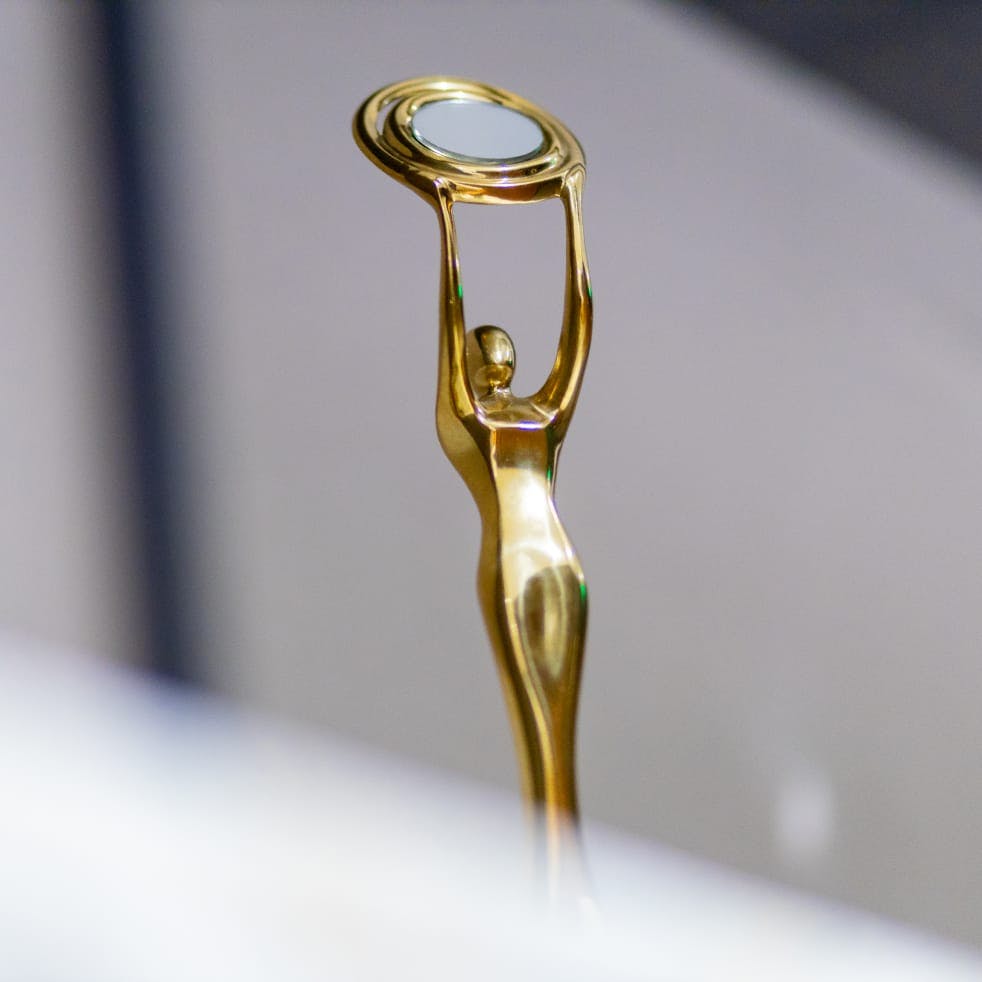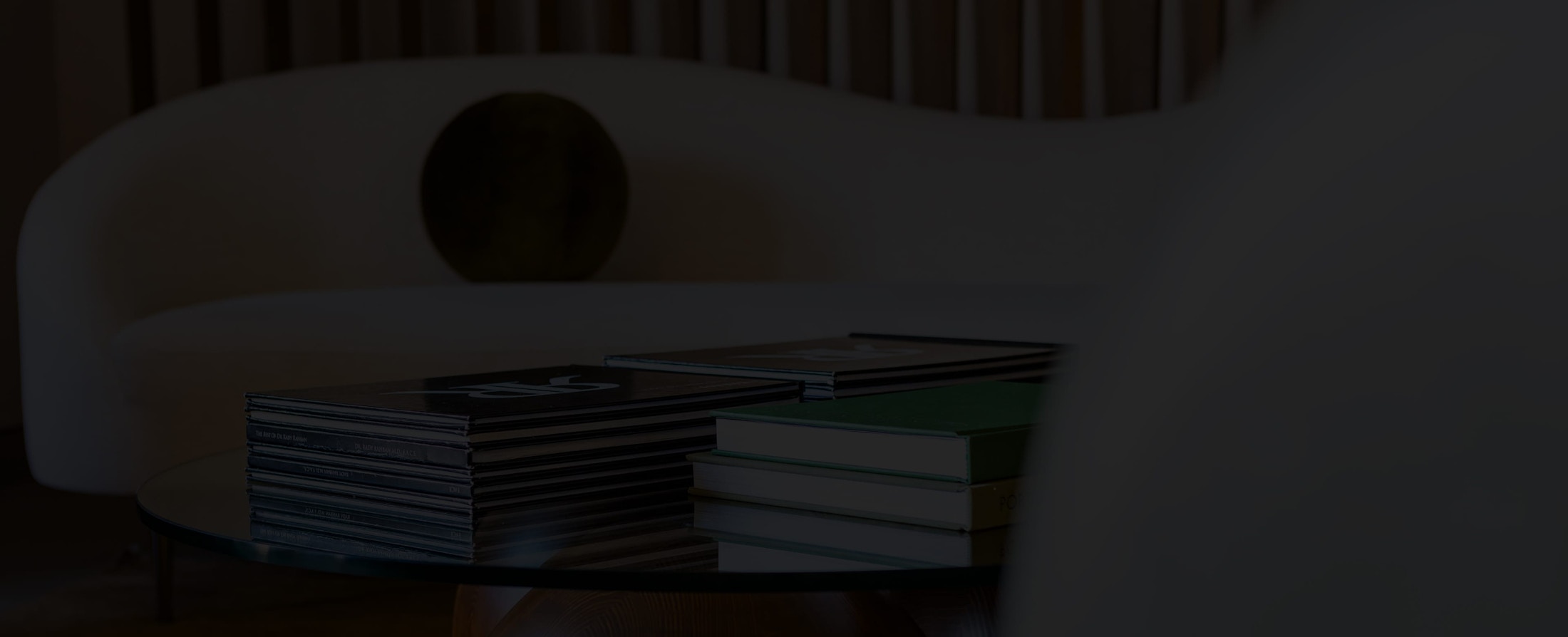During a tummy tuck, your surgeon creates an incision to remove excess skin and sculpt a firmer, flatter midsection. Once the procedure is complete, the incision is meticulously closed to begin the healing process. However, if the edges of the incision pull apart prematurely, it’s known as wound dehiscence—a serious complication requiring prompt medical care.
Experience That Lowers Your Risk of Complications
The good news is that dehiscence is highly preventable with the right surgical technique and attentive aftercare. Under the hands of board-certified plastic surgeon Dr. Rady Rahban—a Fellow of the American College of Surgeons and an active member of The American Society of Plastic Surgeons—patients can trust that every step is taken to ensure secure incision closure and optimal wound healing. Drawing on his extensive training at the University of Southern California and years of experience correcting complex complications, Dr. Rahban approaches each tummy tuck with a blend of surgical precision and genuine patient advocacy.







